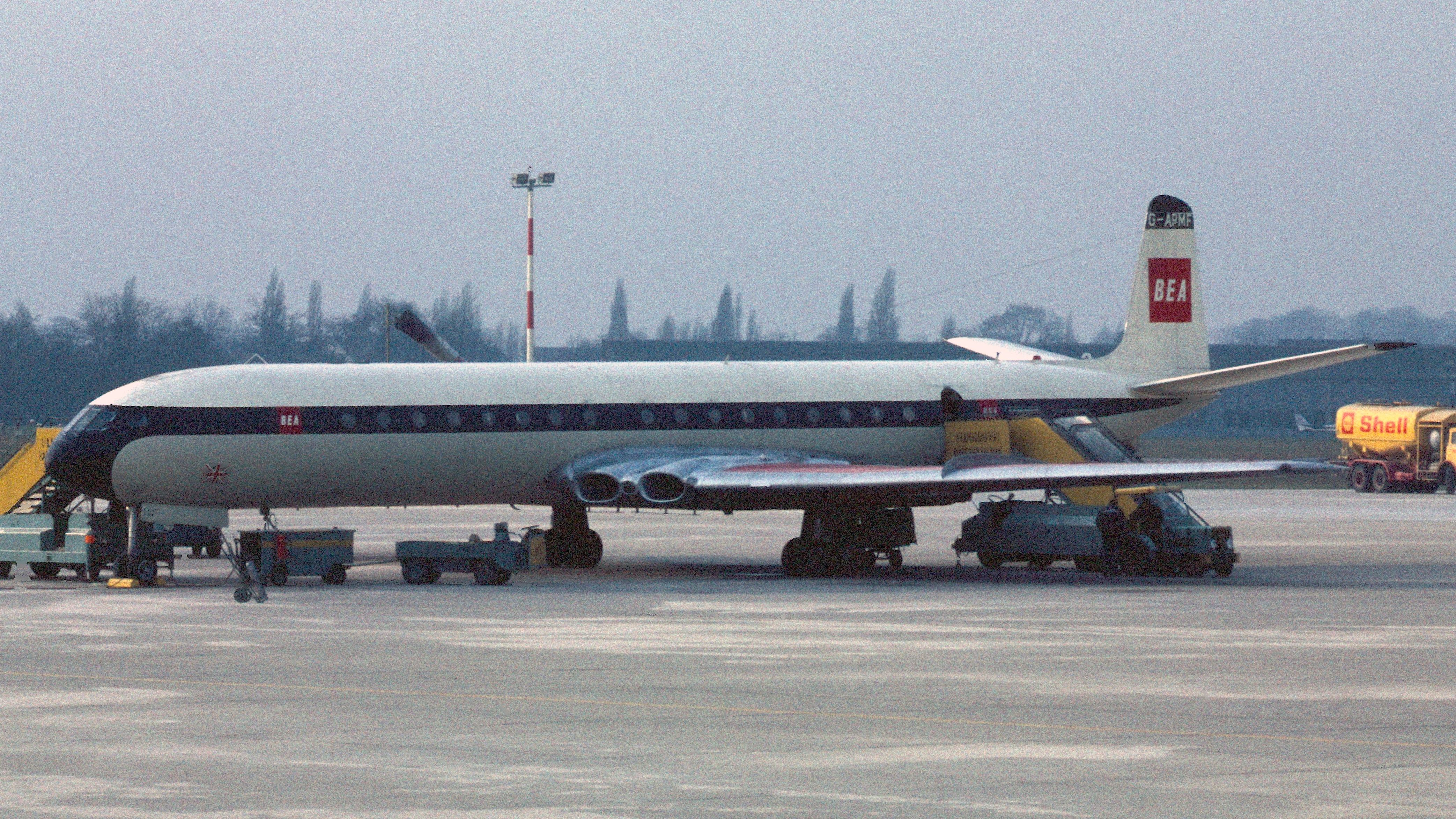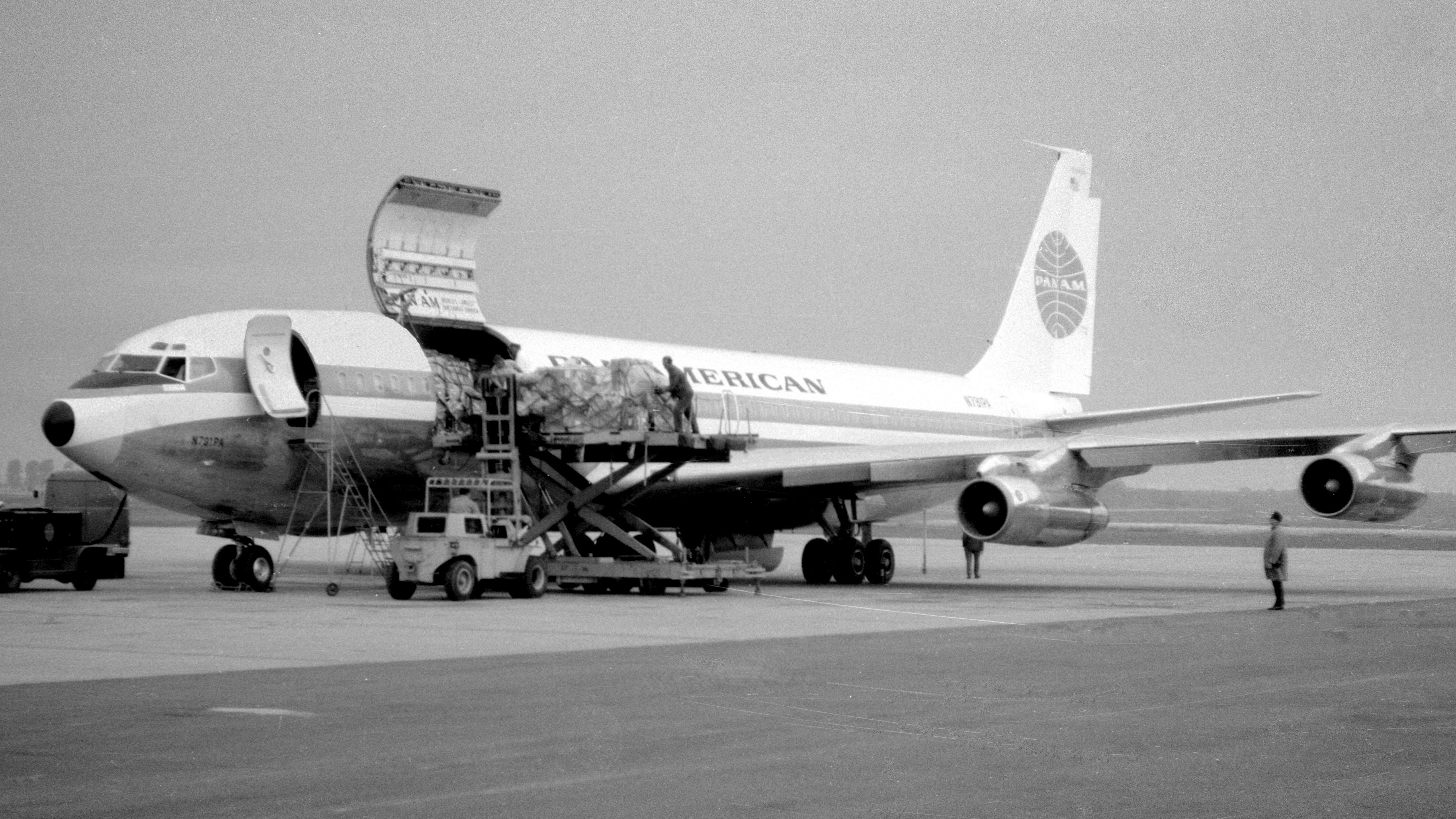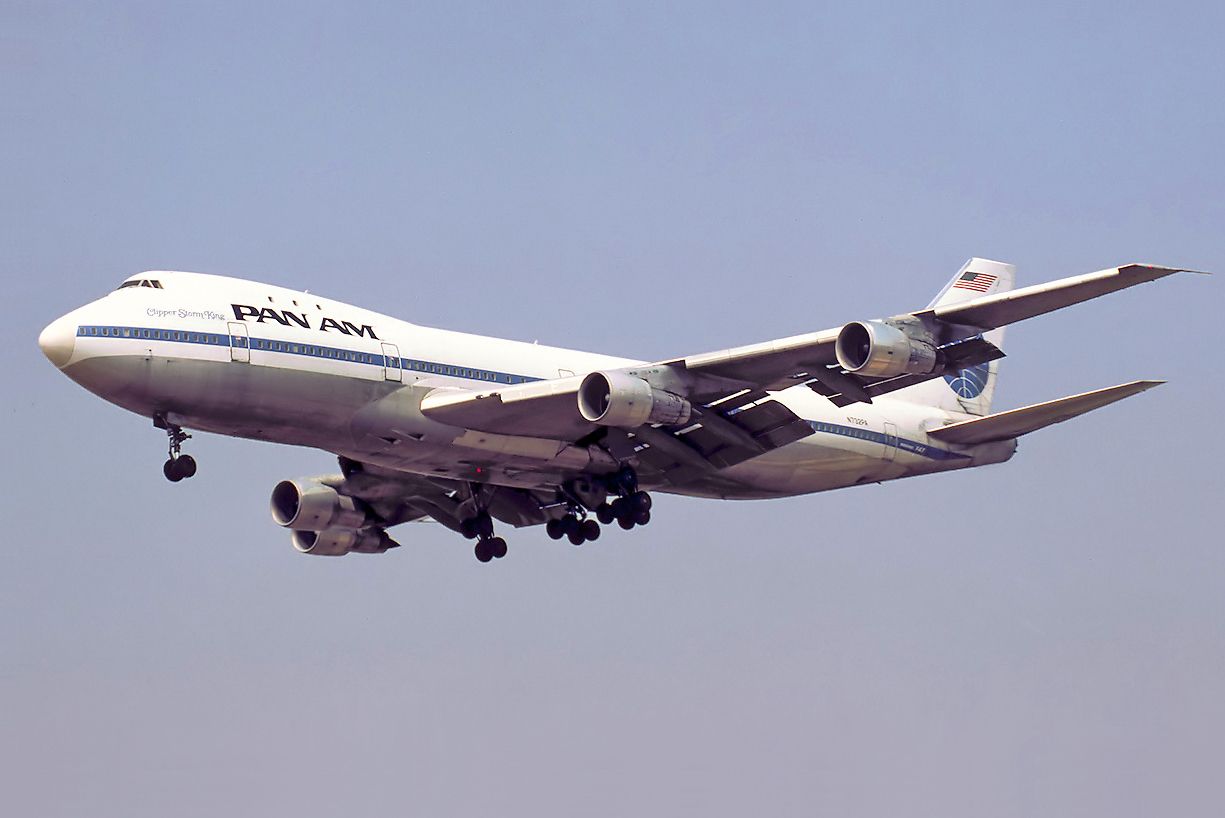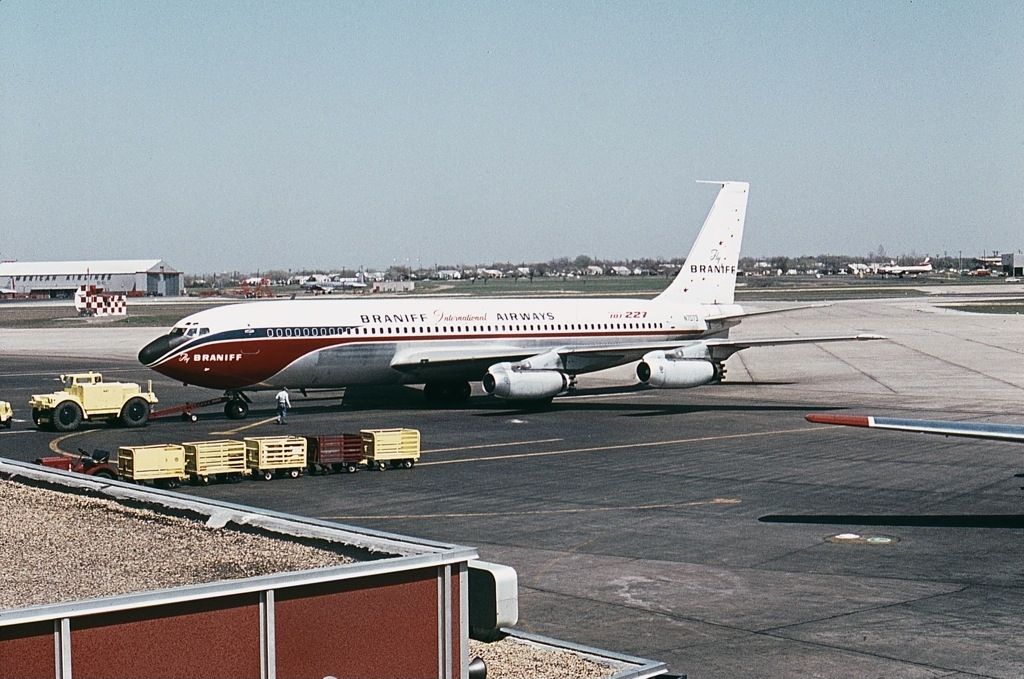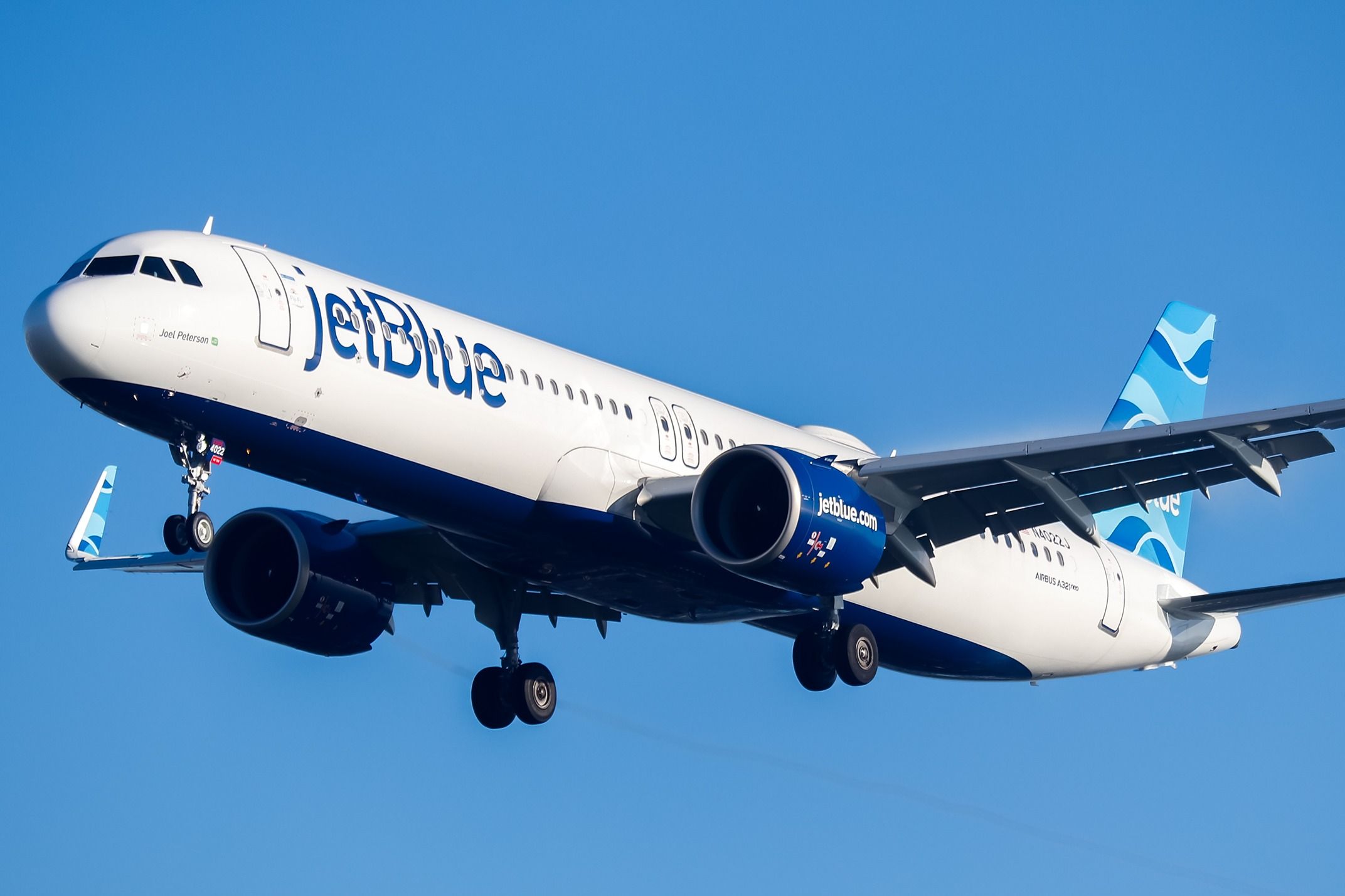Summary
- Narrowbody transatlantic services began the Jet Age earlier than widebodies.
- Technological innovations in jets like DH 106 Comet and Boeing 707 revolutionized air travel.
- The resurgence of narrowbody transatlantic flights highlights their dynamic role in global aviation.
The dawn of the Jet Age is often heralded by the iconic image of a Boeing 707 soaring across the Atlantic for the first time. This narrative, however, omits the pioneering flights that transformed the airline industry much earlier. In fact, the significant yet often overlooked story of transatlantic narrowbody flights was a phenomenon that reshaped air travel at the time.
The early days of transatlantic travel
Long before the widebodies dominated the skies, the initial jet-powered transatlantic flights marked the actual onset of the Jet Age. According to Smithsonian Magazine, it was October 1958 when Pan American World Airways' Boeing 707 – famously known as 'Clipper America' – embarked on its maiden flight from New York's Idlewild Airport (now JFK International) to Paris. While this event is popularly remembered as a monumental step for aviation, the groundwork was laid much earlier with the narrowbody aircraft of the 1950s.
The British de Havilland DH 106 Comet, the world's first commercial jetliner, debuted in 1952. Despite its early setbacks due to structural failures, the Comet was the first jet to make a transatlantic crossing in 1958, an entire month before the Boeing 707. This flight from London to New York was much less publicized but was instrumental in proving the viability of commercial jet travel across the North Atlantic nonetheless.
Technological innovations that paved the way
The development and production of the Comet and, later, the Boeing 707 was nothing short of revolutionary. These aircraft featured innovations like swept wings and jet propulsion, allowing faster travel times and greater passenger comfort. For the first time, travelers could fly from New York to London in just under 7 hours, significantly less than the 15-plus hours required by the propeller-driven aircraft of the previous era.
Boeing's 707, in particular, showcased the advantages of jet engines over the piston engines used in models like the Lockheed Constellation. Jet engines were faster and more reliable for long-haul flights over water, reducing the risk and discomfort that had become synonymous with long transoceanic journeys.
Cultural and economic impact
The burgeoning accessibility of transatlantic flights has had profound cultural and socioeconomic impacts:
- It helped usher in an era of globalization, as people and goods could move between continents more quickly than ever before.
- Tourism boomed, and businesses expanded their reach across the Atlantic.
- This time period also saw the rise of the "jet set," a social group of affluent individuals who frequented transatlantic flights for their own leisure.
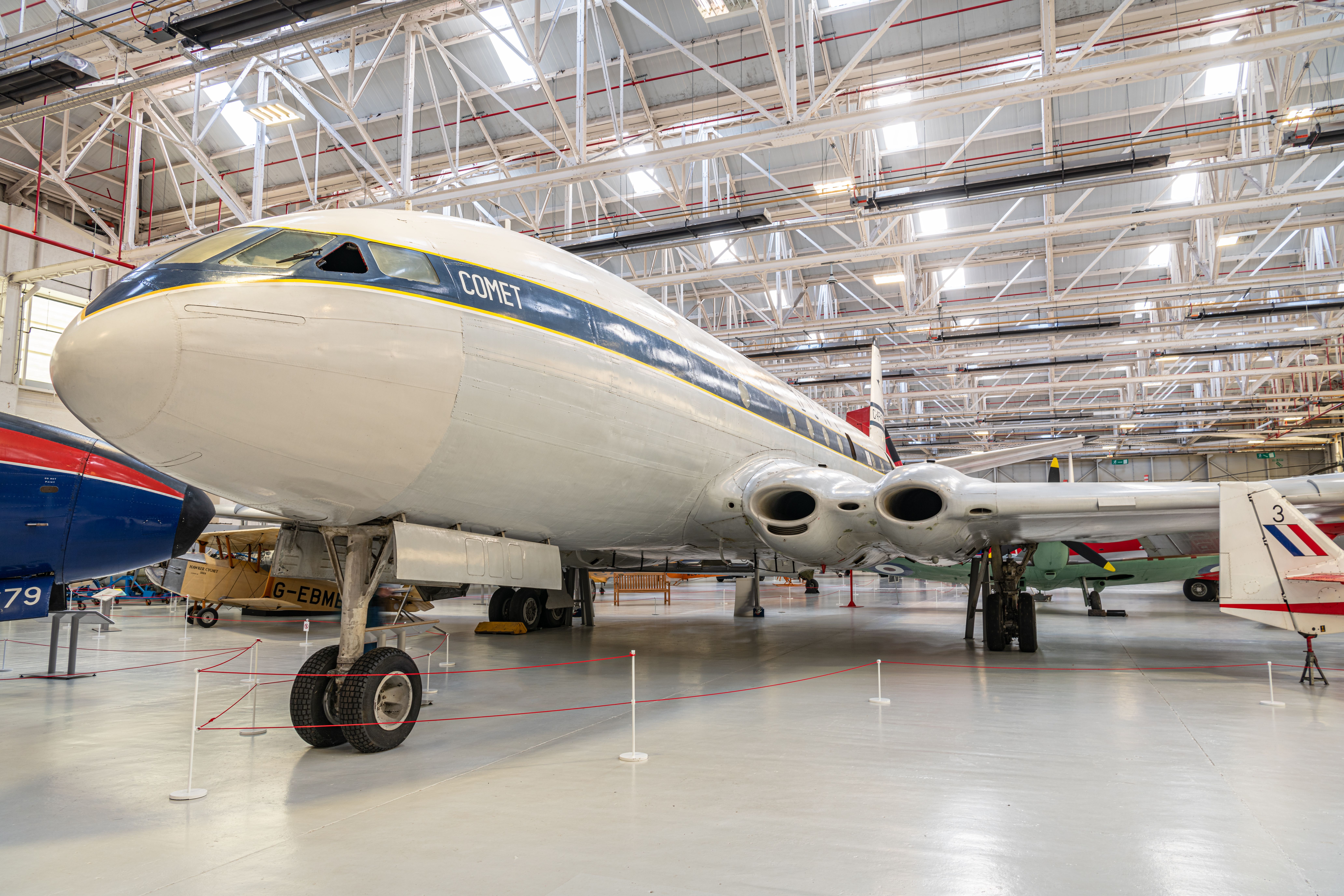
How The De Havilland Comet Kickstarted The Jet Age
The famous jet is known for its glamour alongside its longstanding issues.Moreover, the success of these narrowbody jets set the stage for the aviation industry's rapid expansion. Airlines began to invest heavily in jet technology, leading to the development of larger and more efficient aircraft. This investment spurred competition among aircraft manufacturers and airlines, catalyzing innovations that continue to shape the industry today.
The transition to widebody jets
While narrowbody jets of the 1950s and 1960s paved the way, the introduction of legendary widebody aircraft like Boeing's 747 in the late 1960s marked another significant shift. These next-generation jets could carry more passengers and cargo, further decreasing costs and making air travel accessible to everyone.
The economic model of airlines shifted from high-cost, low-volume operations to lower-cost, higher-volume operations, fundamentally changing the airline business from then on.
Preserving the legacy
Today, the legacy of the 1950s transatlantic narrowbody flights is preserved in aviation museums and the memories of those who experienced this transformative era firsthand in cockpits, cabins, and passenger seats. For example, the Smithsonian National Air and Space Museum and the Cradle of Aviation Museum in New York hold exhibits dedicated to the Comet, the Boeing 707, and other aircraft that played critical roles during this period.
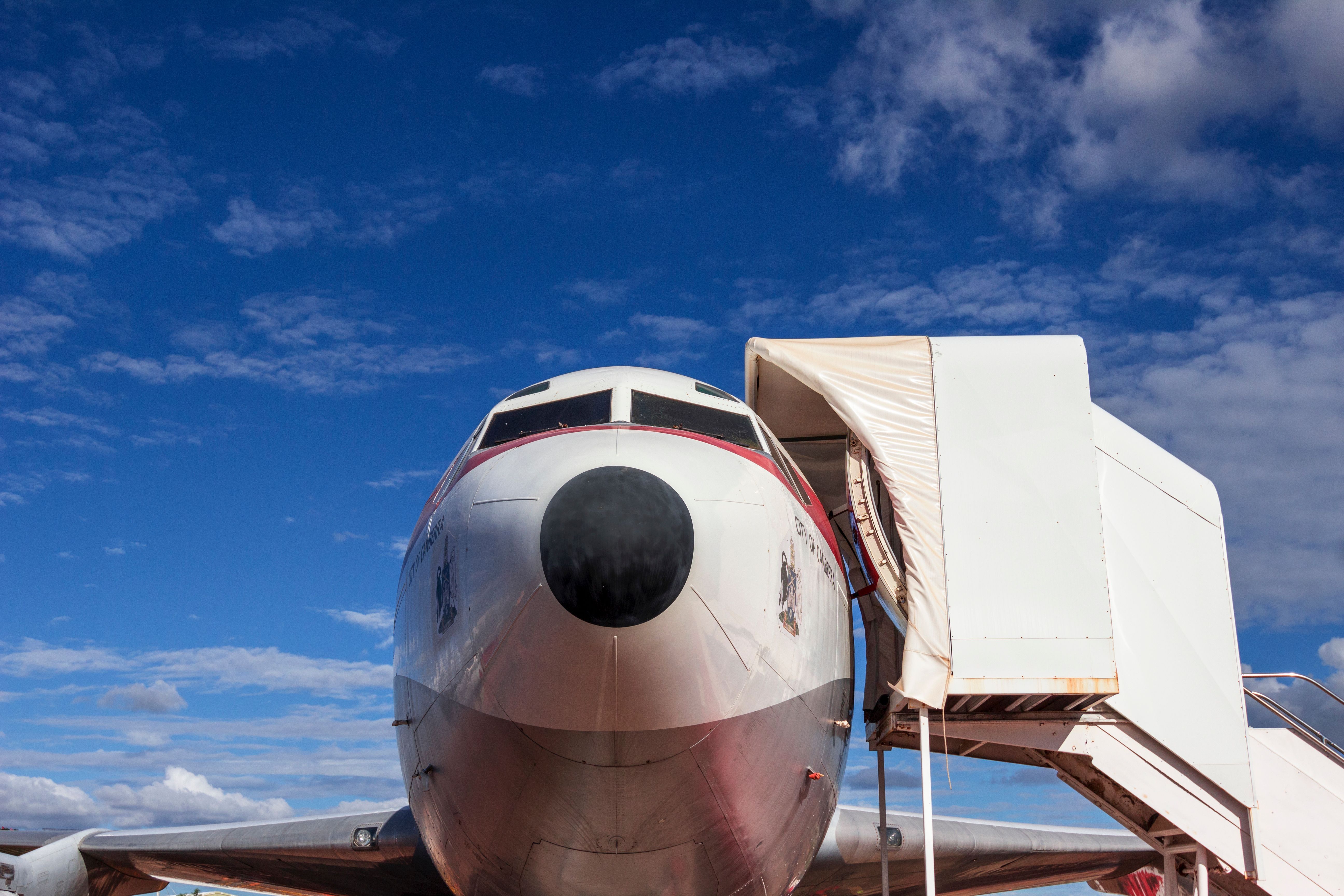
The Story Of The Boeing 707: The Jet Age Aircraft Of Choice
Looking back at the early days of the legend.While these early jets were instrumental in pioneering the skies over the Atlantic, the advent of widebody aircraft in the 1960s began the phasing out of narrowbodies for transatlantic routes. These larger aircraft offered more significant economies of scale, which made them inherently more appealing for airlines operating heavily trafficked routes. The rise of the widebody jets led to a temporary decline in the use of narrowbody jets for transatlantic travel, as they couldn't compete with the capacity and range of their larger counterparts.
However, the narrative of narrowbody aircraft, especially regarding their utilization over the Atlantic, took a dramatic turn with the introduction of "Extended-range Twin-engine Operational Performance Standards" (ETOPS) regulations in the 1980s. This crucial regulatory change allowed twin-engine aircraft to fly previously off-limits routes (due to safety requirements regarding the distance to the nearest diversion airport). Coupled with technological advancements in engine reliability and fuel efficiency, this allows for a resurgence in narrowbody transatlantic flights.
Modern aircraft such as the Airbus A321LR and the Boeing 737 MAX can now directly connect smaller cities across continents without needing connections through major hubs. Airlines like JetBlue and Aer Lingus have capitalized on these developments, offering routes that were once thought economically non-viable, thus changing the dynamics of transatlantic travel once again.
This comeback highlights the cyclical nature of aviation technology and underscores a broader shift towards more personalized and convenient travel options. As the industry continues to advance, the evolving capabilities of narrowbody aircraft are likely to keep playing a role in shaping the future of transatlantic aviation, balancing out the scale brought by widebody jets with the flexibility and efficiency of newer models.
Have you ever flown on one of these iconic narrowbody jets across the Atlantic, or do you have a memorable airline story to share from the golden age of jet travel? We'd love to hear about your experiences! Share in the comments below.


